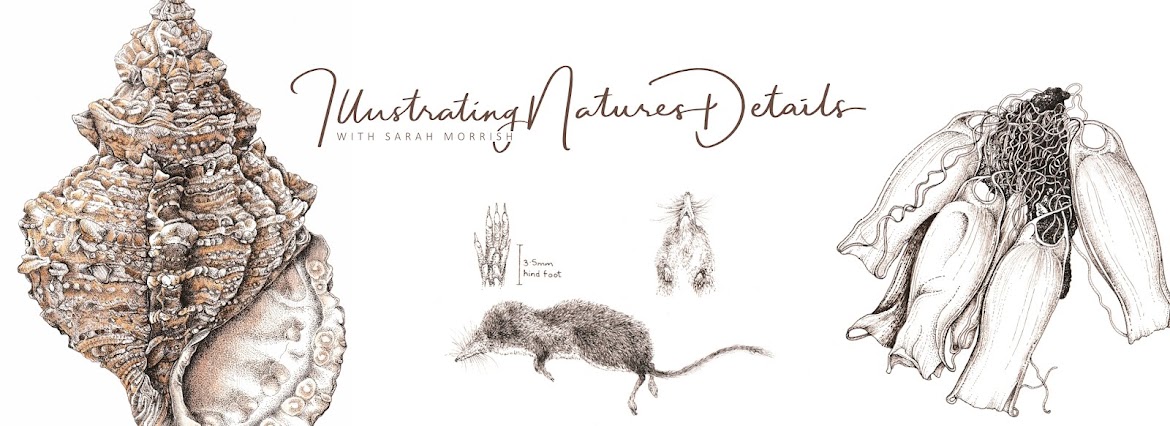Just after my last blog post I had a very exciting and inspiring time in London at the Society of Botanical Artists Exhibition. This is turning into a wonderful time of year when many friends get the chance to meet, catch up on news and share our botanical art ideas. What was even more special was that those special friends were there to see me receive an award at the exhibition.
Many thanks to Katherine Tyrrell for the image.
I was thrilled to have been awarded a Certificate of Botanical Merit (CBM) for my painting of Echinacea purpurea. For me I felt honoured as it is judged by a botanist, this year by Doctor Brent Elliott who is Historian for the Royal Horticultural Society. You can read more about the other CBMs on Making A Mark.
In addition I had the exciting news that my painting of Galls of Quercus Species sold at the exhibition too.
There was a moment of calm after the exhibition, with a few days to reflect on new artwork ideas, plan a summer of painting and new courses for the Autumn term at Peter Symonds AHED; before another exhibition got underway.
This reflective time entailed visits to two of my favourite places - Meon Shore, overlooking the Solent and a visit to Swanwick Lakes Nature Reserve.
Tidal pools looking towards Hill Head
Sunrise over Titchfield Haven Nature Reserve
If you didn't hear the cuckoo on that track, you can hear it more on this one, but you may need to up your volume level.
The collection of bits and pieces are gradually being turned into a painting that will evolve over the next few weeks with other items from my collection at home.
I hadn't been to Swanwick Lakes Nature Reserve for what seemed like such a long time. The day I went there the weather was so glorious and I found myself sitting on the dipping platform overlooking the main lake in front of the classroom (the wooden cabin on the right). Whilst there I watched the Heron stalk the Coot chicks and then saw the flash of a Kingfisher circle around the lake. I was actually sitting near where it normally perches !
A sunny perch for me !
The current exhibition is on until the 8th June.
Why not come along and have a look or alternatively enjoy this exhibition video.
As for me, once the exhibition is finished, I will be 'diving' into more artwork and hopefully will be exploring some options for 'professional development', that's what they used to call it in my previous working life anyway !
Happy painting !

































